How I do what I do
Text and pictures: Robert Dudzic
Text and pictures: Robert Dudzic
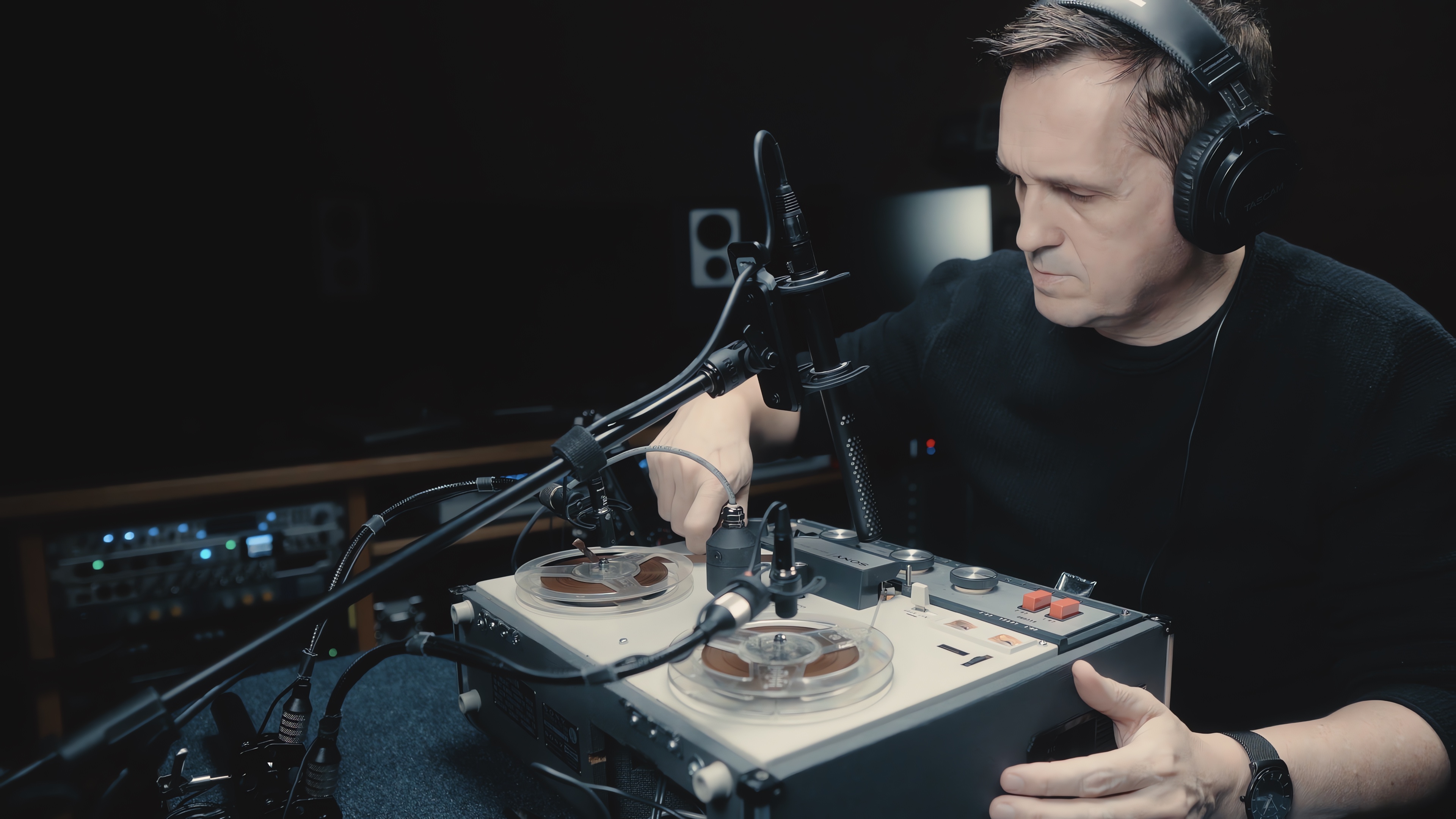
I was born in Poland, and from a young age, music was in my blood; my father was a drummer, so the sense of rhythm was very natural to me. I lived in a small town, and to change something in my life, I decided to move. Like any other kid, I had a dream. It was going to America and become a successful musician. In 1990, I made it to America without money and without speaking a single word of English, just with my aunt, who let me stay with her, and my big dream. I quickly realized that drummers and musicians at my level were about ten a dime in New York City. I reckoned that being a musician would be very tough, but I still believed I would find a way to use my musical talent. Furthermore, I spent my first twelve years in America working six days a week in a grocery store, cleaning office buildings in the afternoon and playing in a wedding band on weekends. After all, I invested every single dollar I earned in musical recording gear and eventually, I bought my first computer.

I spent a lot of time learning the basics; the possibility of watching YouTube tutorials didn’t exist. I had to learn everything by reading manual books, holding my little Polish- English dictionary book in the other hand, trying to figure it out. I studied everything, from the basics to the top. After having read a couple of manuals, everything started to make sense and seemed very logical. It is critical to know the basics, and understanding the roots of anything I do always helps me to achieve whatever I‘m working on.
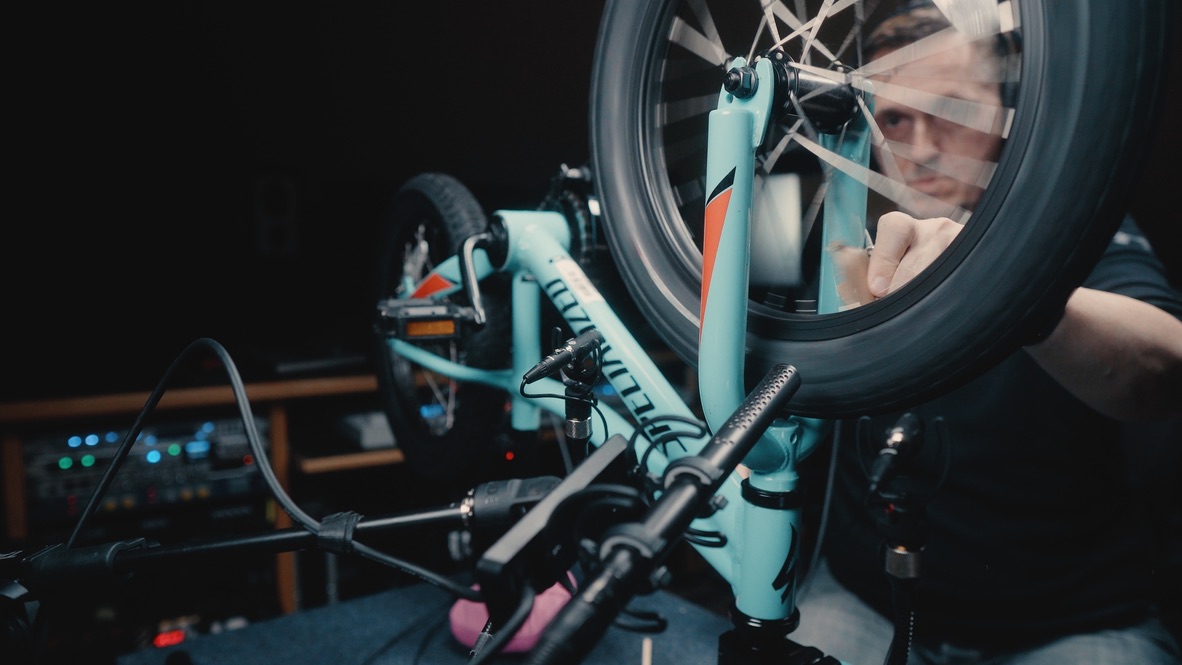
Years later, I invested in my first DAT recorder, a Sony TD7, and started my recording journey. I spent a lot of time exploring ways of recording sounds. Having not much by nature, I was forced to be very creative doing my recordings. Before I hit the record button, I spent a lot of time listening to what I aimed to record, finding the sweet spot of the sound and trying to record it in a way no one ever had before. Many friends who got to know me over the years and who have had the chance to work with me compare me to a photographer and the positioning of my recording mics to working with camera lenses. My microphones are my ears, and I aim to capture the sound the way I hear it in my head. Many years ago, when I have been invited by my friends at Heavyocity to work on the Damage Drum Library, I was given the chance to record sounds the way I hear them. We all perceive sounds different and have developed unique ways of recording. But I strongly believe that leaving the traditional ways, opens a chance to everyone to be different and stand out.
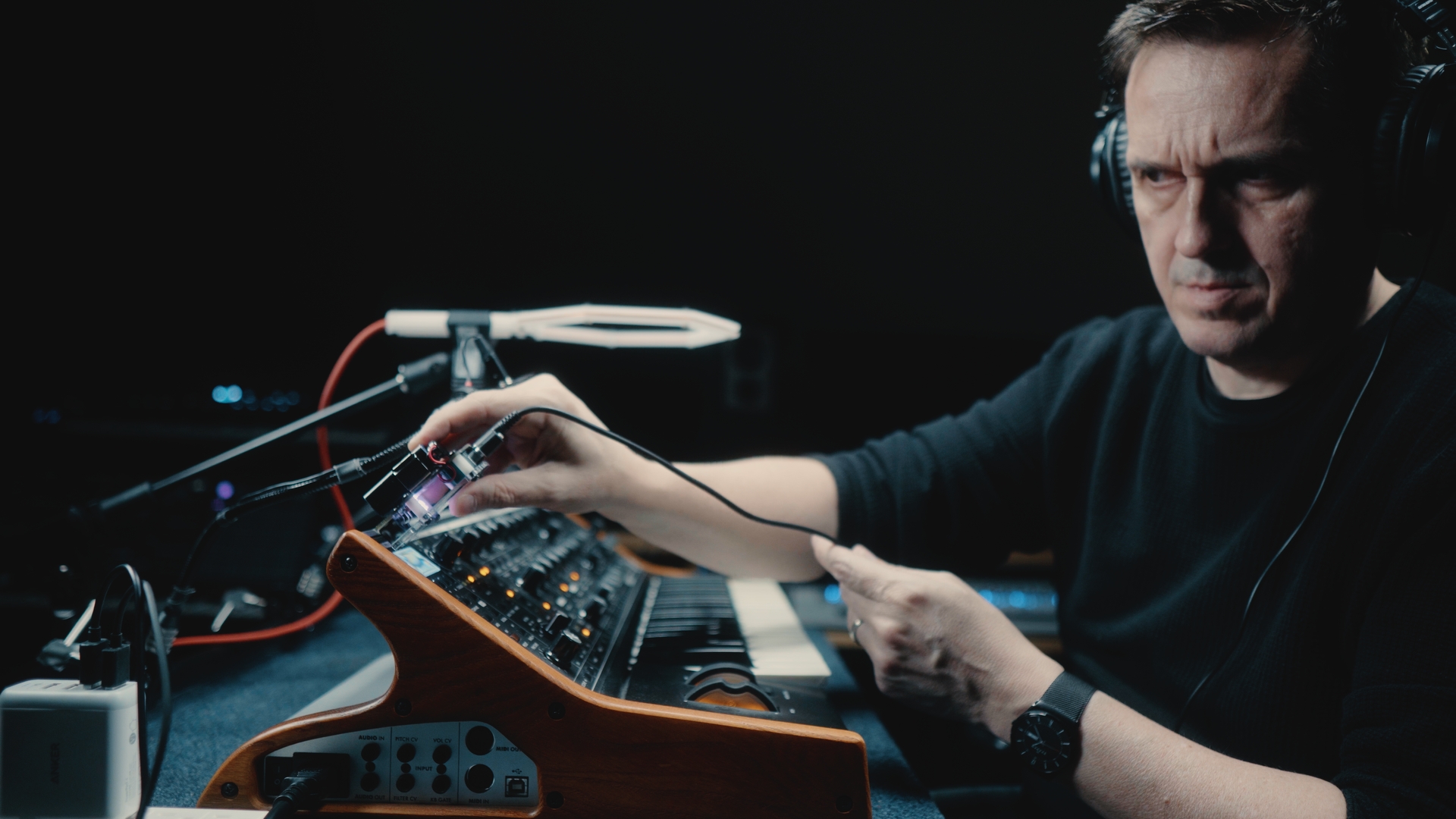
I learned how to be creative with a minimal setup. I do everything on my own – from concept, recording, editing, to final delivery. For this reason, I am very selective about what I use and how I use it. Everything I record I keep to a minimum: one shotgun microphone in the center, a couple of microphones on the side and one contact microphone. The rest is being perfected in the mix. The shotgun mic is used to focus directly on the sound source I‘m recording, the two mics on the side are capturing my stereo room ambience at the same time and the contact mic is recording the finer details of the sound. I record everything at the same level. Later in the mix, I decide whether I want this sound to be more “in my face” by bringing the volume of the stereo image mics down or going with the opposite if it should sound more like a texture wall of sound. It‘s great to have this flexibility. I do recordings in many different locations and many of you may think they might not be perfect for this occasion. But for me, there is always a way to record and I take any chance I get. One day I record in a school gym, another day it might be in a noisy shop or in my own studio room, which is not perfect but has the specific well known sound of my room. One thing I never do is removing any of the noises that come along with the recording signals. For me, these noises are the tonal colors that add authenticity to the sound and the recording venue; this is what makes it sound real. Any time I start using noise reduction, the sound loses its character and sounds less comparable to the original location. Yes, there are moments that make me use audio repair software like iZotope RX, but this applies to situations where static noise, cracks, or cable hum had been captured. But I rather prefer to come back, wait or just do another take. Concerning post- production, I do believe less is more, and I stay away from additional EQing. If you‘re using good microphones and a good sound device, there‘s no need; all the required frequencies are there, you just need to play with the balance mix between all the tracks you‘ve recorded.

I know that recognizing specific frequencies by ear can be a challenge, but just like anything else, you can start training yourself at it. For example, if you‘re working on a movie trailer (like I do a lot) or a movie project, you need to begin by spending a lot of time listening to music that is directly related to the project you‘re working on. Remember, the envelope is constantly being pushed by engineers, composers, and sound designers, and you can‘t get stuck on one of your favorite soundtracks from ten years ago. You must pay attention to new stuff to do your best to be on top. That‘s one of the keys in helping you to become a successful sound designer. Technology is improving every day, and no matter how good you are, there will always be room to improve yourself. Over the years, I was asked many questions about how I organize my sounds, how I come up with ideas about what to record next, which school I would recommend getting to the point I am now, and how to break into the business and make a living.
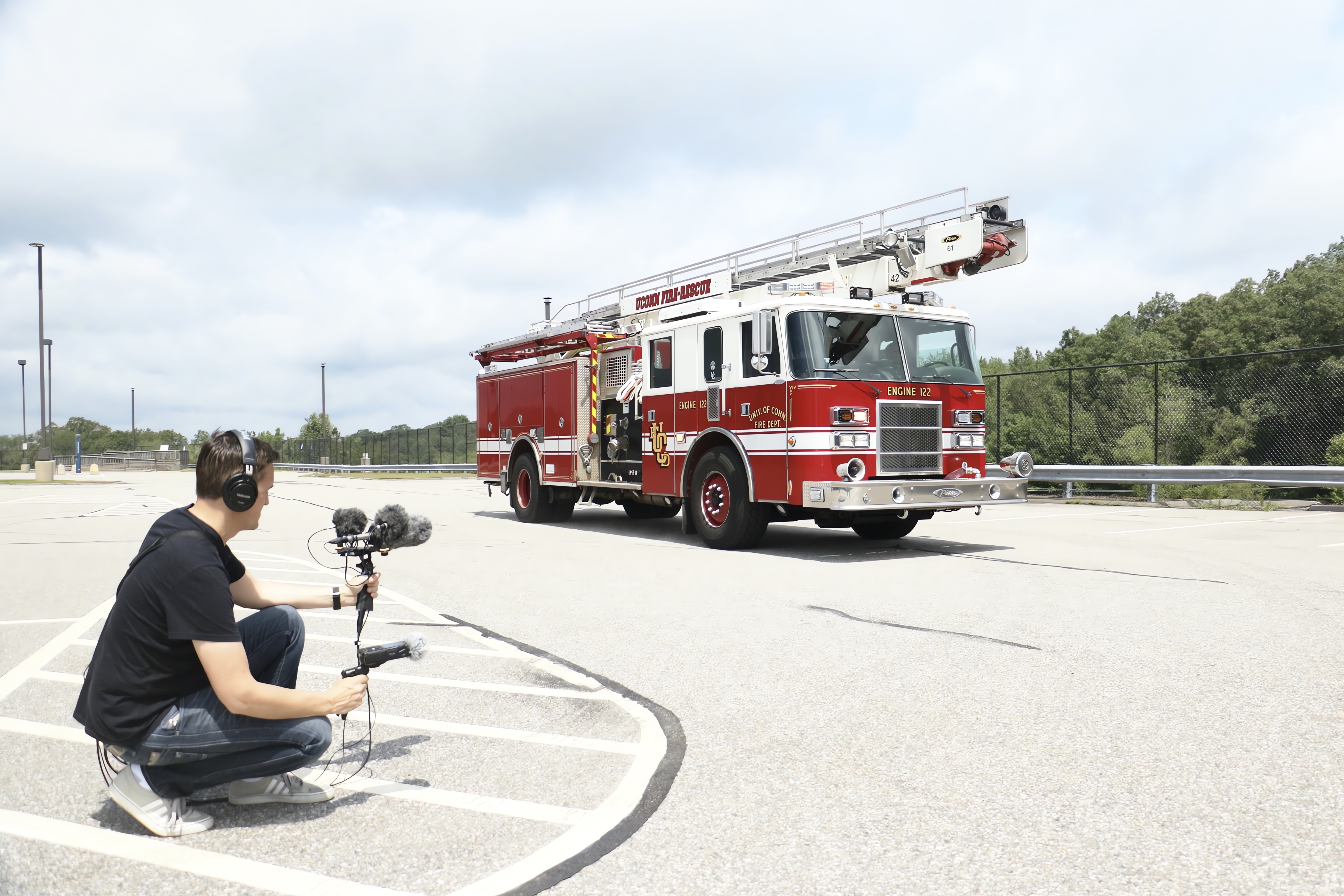
The way I organize my sounds is a little different from what you‘re probably used to. All sounds I’ve ever recorded have been sorted into different categories, including location and time of the year – all of these categories being stored in their own subfolders. For example, if I record car sounds, each session would have a separate folder complemented by a special folder including photos (and sometimes videos) of the location the sound had been recorded at and details of what I was recording. The picture shows if the object was inside or outside and also captures the weather conditions. All this information helps me when working on following projects and trying to match my sounds as much as possible. In the same folder, I would file notes describing detailed information of the location and the sounds I was recording. I always keep my original recording session files in this folder in the original format – untouched. For example, today‘s technology for repairing audio is good compared to ten years ago, but years from now, an entirely new set of tools will be in use, and all the original recordings will sound just like they were recorded yesterday. When it comes to editing these files, I categorize them into 3 categories: Small, Medium, and Large. If I use additional pitch shifting going an octave down, these files are being stored in the folder XL. This saves me a lot of time searching for a specific sound.

When it comes to creative ideas, whether I‘m working on a trailer release or another volume of my cinematic catalog for my distributor, I use a simple technique: I search the schedule of movies to be released in the upcoming years and look at the posters promoting the movies. Those give you a lot of information about what to expect sonically from the movie. For a sci- fi movie, for example, I would start to create all the sound design elements you associate with this genre. When closing your eyes, they will simulate exactly what the poster represents – from space ambience to moving spaceships with various engines and sizes, plus all kinds of weapons, mechanical hydraulic doors, computer communication sounds. Releases like that will be easier to search for by editors who work on TV shows or movie trailers. They are working under constant pressure, and the more organized and creative your release is, the more chances your sounds have to be easily found and frequently used.
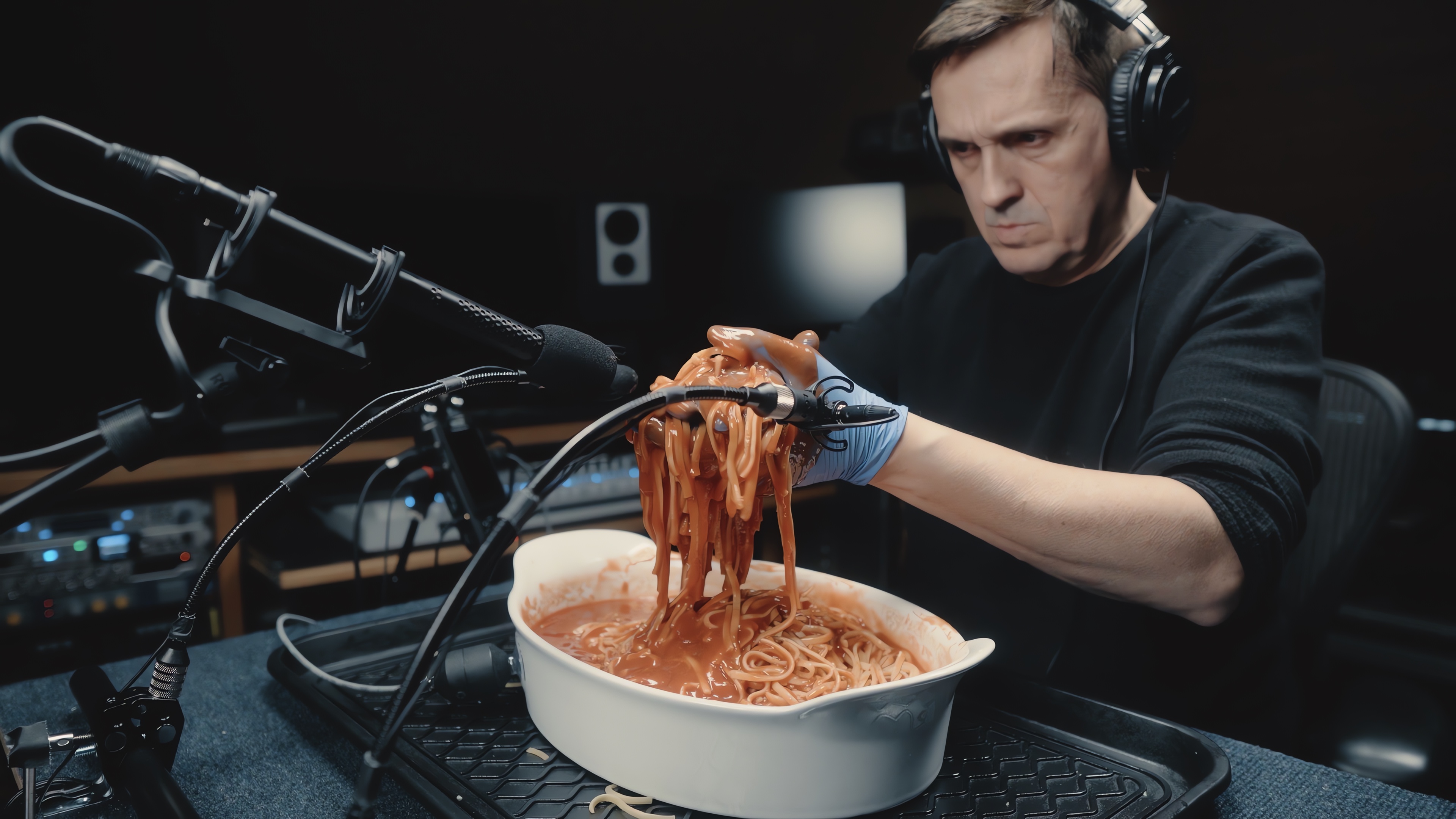
If you‘re asking whether you would need to go to a special school to be a sound designer: in my opinion, you don‘t. It certainly is beneficial to see someone in action to get an idea how other people work. You could also watch videos and try to copy them as close as you can get. By doing this, you will be forced to learn and experiment a lot with your tools and recording gear, the editing and the mixing of sounds. You will have to try what reverb to add or not, how much compression you need or whether it is necessary at all. All these factors will give you a lot of experience and eventually, you will figure out what works best for you and, most importantly, what works for your client – in case you‘re considering turning your fun sound design into your career, just like I did.

There‘s no blueprint on how to get into the business. One way could be trying to get some internship position – in case you live in an area where there are movie or TV studios. You can always offer your free assistance in order to get closer to people who are already doing what you aim to do. Try to become friends with them, and if they spot talent in you, you will most likely get the chance to enter the door and improve yourself. But even if you live in a different part of the country or the world, nowadays, you have more chances to be spotted and recognized than ever before. The days you had to send in your demo are over; the future is in your hands, and all the tools are right in front of you. You can use your social media platform to introduce yourself to the world and show people what you can. If you have something special and unique to show, there‘s a big chance someone will recognize that and get in contact. I remember, the day after I released my first video „How I do what I do“, I got an email from a friend at Steinberg showing me that Hans Zimmer had shared my video on his page. You have no idea how I felt at that moment, knowing from numerous friends or business partners of Mr. Zimmer how hard it was to impress him and get his attention. If I can do this, why can’t you? What‘s holding you back? Remember: It’s all about recommendation in this business and you can achieve anything you want; it‘s all in your hands, and it‘s all about how much and how hard you‘re willing to work for it.

Robert Dudzic is a USA- based musician, producer, and sound designer known for industry leading sound libraries like Cinema Sound Tools, Trynity HDFX, and RAID, which defined and shaped contemporary cinematic sound. If you’ve been to the movies, playing games on your computer or switched on your TV in the past ten years, be assured you’ve heard and enjoyed his work more than once. Nowadays far more than 800,000 people worldwide are following his shared insights about sound design via social media.